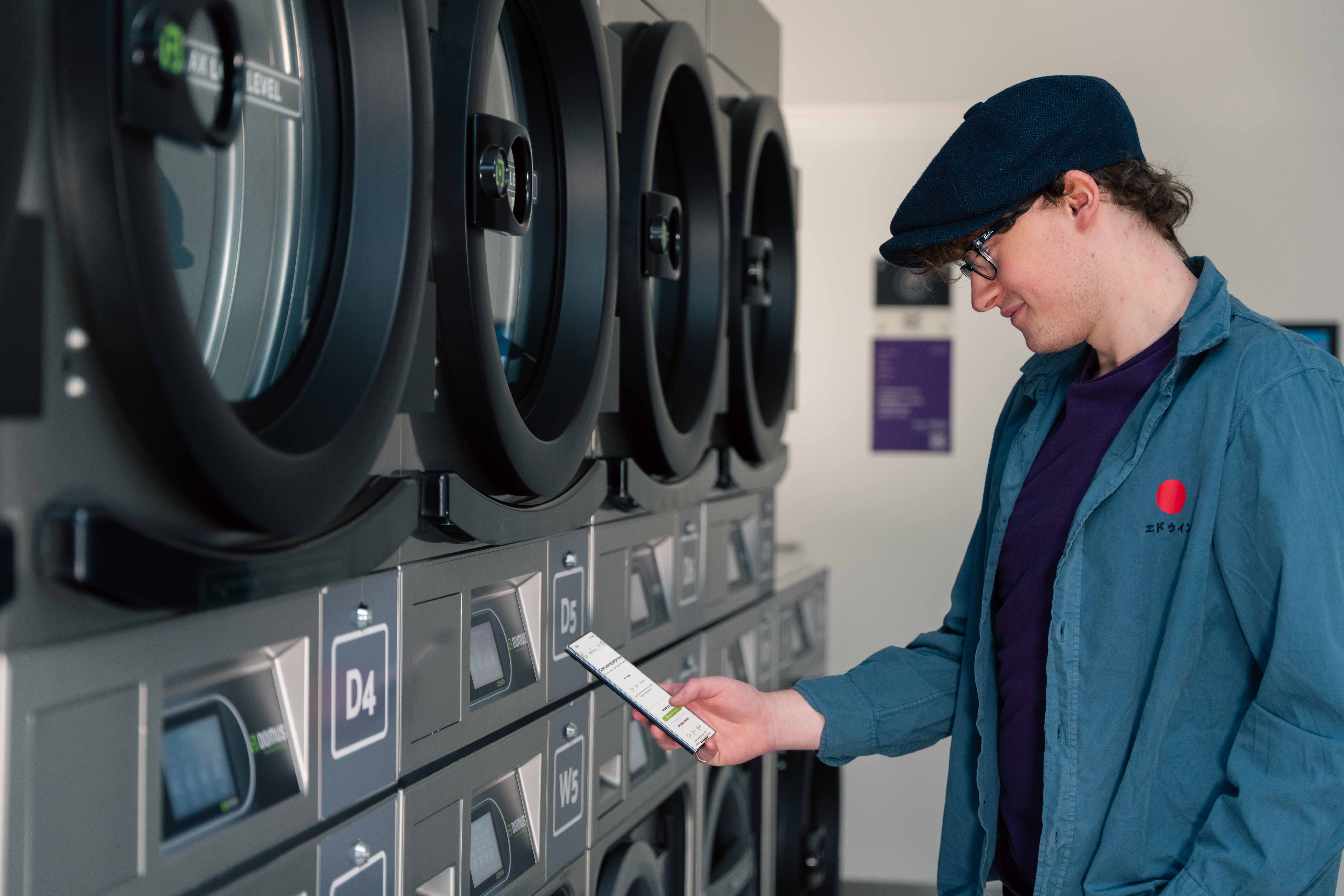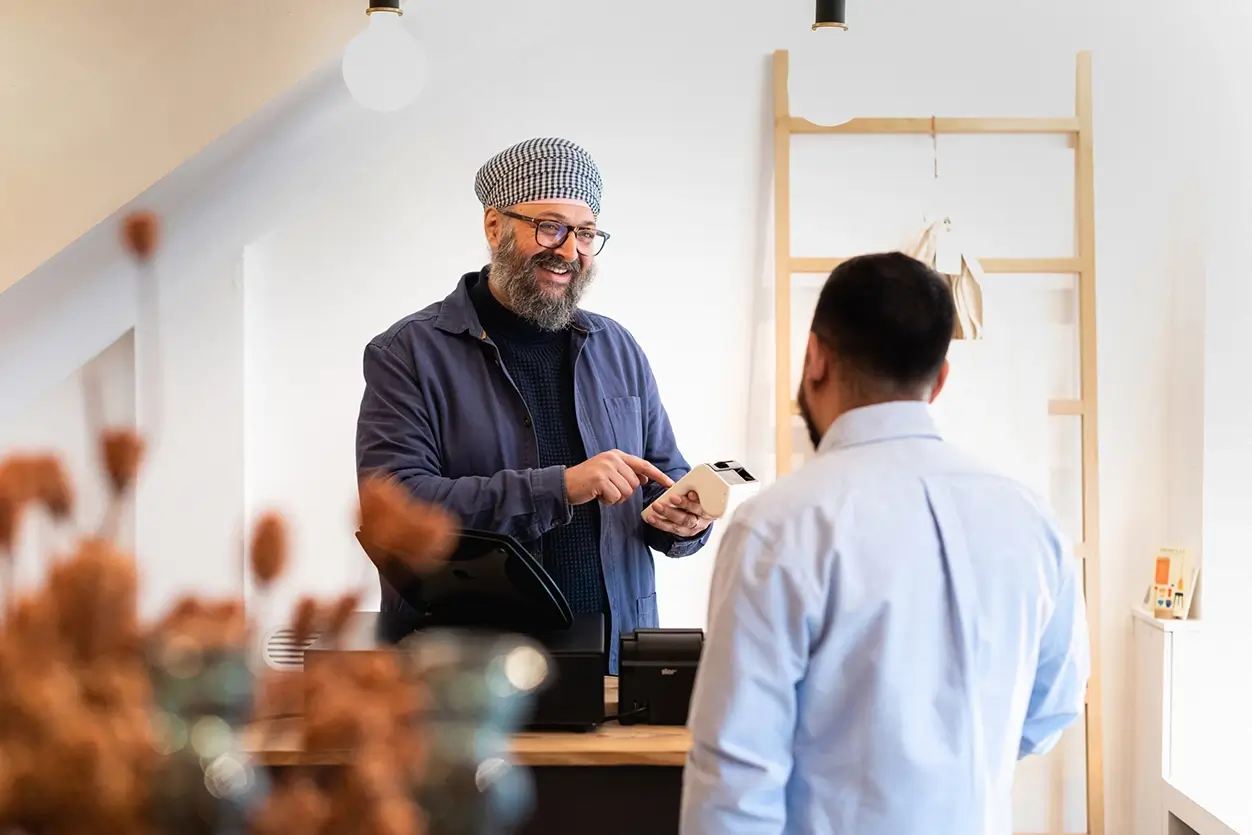
By David Benady
“Kerr-ching” – the sound of an old-fashioned cash register symbolises that magic moment when a customer taps, swipes, clicks or phones in a transaction and a sale is made.
But with an ever-expanding roll of payment methods for online, mobile and physical storefronts, and an intricate web of software systems involved, the process behind that metaphorical sound of success gets more complex by the day. Finding a seamless payment system that takes care of the process while leaving the seller to get down to business is crucial.
Whether they are retailers, hoteliers, restaurateurs, bar owners or e-commerce merchants, sellers want reassurance that their payment system is secure, speedy, cost effective and compliant with regulations. To help businesses to navigate the terrain, here are seven essential things sellers need to know about payment systems and how they work.
These have come a long way since the old days of the zip-zap machine and the magnetic stripe. In its place we have chip and PIN, where the customer inserts their card and enters a number to authenticate who they are, as well as contactless payments. The latter comes with an upper limit of £100 and uses near field communication so payments can be made with a simple tap.
At the same time, mobiles are increasingly used for contactless payments, with digital wallets such as PayPal, Apple Pay and Google Pay adding to an already crowded payments market. Mobile wallets, whether on a smartphone or watch, have the added advantage of no limit on payment other than that set by the customer’s bank and the funds they have available.
This is a financial institution that acts as a conduit between the seller, the card brands such as Visa or Mastercard and the banks. The payment processor oversees the verification, authorisation and settlement of customer transactions. It communicates with the banks to process payments and is responsible for the secure transmission of data and transfer of funds from the customer’s account to the seller – or, in the industry jargon, the merchant.
The ability to take money online. A gateway is the software that sits on a website or an app and allows a business to take payments. Gateways offer secure data transmission and may have additional functions, such as fraud detection and managing recurring bills. Not all gateway providers offer the ability to take in-person payments (at a till for example) and not all payment processors offer gateways. You might need to find more than one provider or find one that offers a one-stop shop – such as Elavon, which offers both in-person and online payment products.
Businesses will want a processor and gateway that can handle payments from a wide variety of sources – whether online, mobile or physical. If you sell internationally or get a lot of overseas visitors to your shop, you’ll require services with a global presence that can manage transactions in a variety of currencies, languages and jurisdictions.
Every business that accepts, stores or transmits credit card data must comply with a set of rules known as PCI DSS – the Payment Card Industry Data Security Standard – established by the credit card industry. These guidelines help keep credit card holders’ data secure and protected from fraud. Getting up to full PCI DSS compliance is a complex process covering 12 operational and technical requirements and a long list of rules and regulations – but having a good payments provider can take the pain out of meeting these requirements.
Cash payments have diminished sharply, but the digital threats from hackers, fraudsters and thieves continue to multiply so a payment system must prioritise data security. A widely used method of protection is tokenisation, where the customer’s financial details used in the transaction are replaced with a unique token which is sent to the payment processor, so hackers cannot access their sensitive information. Data should be encrypted before being transmitted over payment networks, making sure it is unreadable to unauthorised parties.
If you are a seller, it is imperative to find a payment solution that integrates with your IT and other systems. That could be accounting software, stock control, room booking, menu management or more. Imagine the work you can save if your point-of-sale system updates your inventory system automatically and in real-time.
For online payments you need to be able to integrate with your e-commerce presence, allowing a buy button to be easily placed on the web page. And if you’re taking online and in-store payments, you want the two to talk to each other to keep on top of the accounting (and inventory, of course). Data can be integrated into customer relationship management systems and accounting software. This improves efficiency and reduces errors.
Continue reading related articles

Every minute is precious
How an efficient payment system helps a thriving coffee business

Wash and grow
How the right payment platform helped a laundry service to innovate

From security to service
How the right payment platform helped a laundry service to innovate





